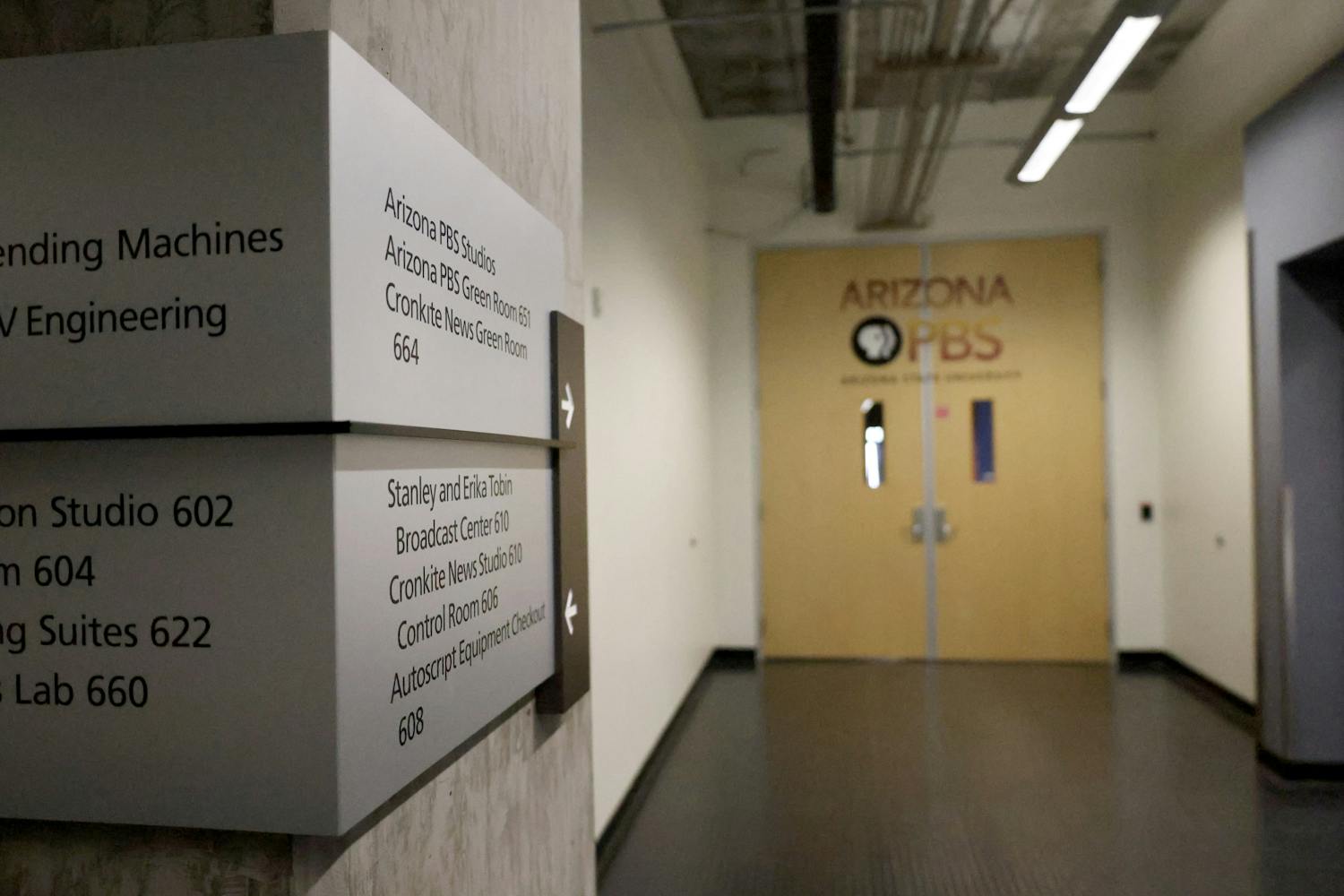ASU officials have fired back against a report that found American universities are devoting more resources to their administrations than they are to faculty, research and service.
The report, released Aug. 17 by the Goldwater Institute, a Valley-based conservative think tank, found that between 1993 and 2007, ASU increased the number of administrators by 94 percent, and decreased its number of “employees engaged in instruction, research and service” by 2 percent.
One conclusion drawn in the report is that administrative bloat is the result of increased state funding to universities.
ASU responded the same day the Goldwater Institute published the study, calling the report “seriously flawed.”
One major issue with the report is its definition of “administration,” said ASU spokeswoman Sharon Keeler.
“There are many professionals at universities not considered administration who directly impact the success of students,” Keeler said.
She said the Goldwater Institute’s definition of “educators” was too narrow, as it included only faculty members who work in classrooms.
The report is based on numbers and definitions by the Integrated Postsecondary Education Data System, which compiles data on higher education institutions for the U.S. Department of Education.
The Goldwater report determined the total number of administrators at ASU by combining two IPEDS categories: “administrators” and “other professionals.”
Included in the “other professionals” category are employees like academic advisers, financial aid advisers and research librarians.
These positions, Keeler said, should not be considered administration.
Jay P. Greene, author of the report, said the vast majority of positions within the “other professionals” category are clearly administrative.
“If you didn’t include ‘other professionals,’ you would exclude some of the actual growth that occurred with administration,” said Greene, senior fellow at the Manhattan Institute and endowment chair and head of the Department of Education Reform at the University of Arkansas.
Greene pointed out that while the category does include librarians, the total administrative growth did not occur in that area.
ASU librarian Julie Tharp said she has never considered herself an administrator and works directly with students to help them with their research.
“In order to get good grades on their papers, they need to use good sources,” Tharp said. “Our primary function is to support students and provide resources.”
Political science senior Matthew Simon said while he agrees that universities put an emphasis on administration, librarians should not be included in that category.
The bureaucracy inside universities distances schools from students, he said, but people like Tharp help maintain that connection.
“I’m going on four years working with Julie,” Simon said. “She’s helped me with a lot of research — she’s like a mentor.”
Simon said with such large class sizes at ASU, students would benefit from more professors.
“If you took administrative positions and consolidated them and became more efficient, you would then be able to have more faculty,” he said. “Class sizes would be smaller.”
Le Templar, spokesman for the Goldwater Institute, said administrators are strictly those who do not directly contribute to the education of students. The only time career counselors or advisers are not considered to be administrators is when that employee is also a faculty member or professor, he said.
Greene saw the greatest increase in administration during the period the report covered, a period also characterized by a 41 percent increase in state appropriations to ASU, he said. Between 2008 and 2010, however, state appropriations began to decrease.
“ASU has said they have been making big cuts to administration, making efficiencies and doing so without sacrificing academic quality,” Greene said.
But as money from the state increased, the size of the administration increased, and vice-versa, Greene said. While a certain number of faculty are also cut when state appropriations decrease, Greene said universities would be more streamlined in the long run to include a steady number of faculty with less administration.
ASU’s Vice President of Public Affairs Virgil Renzulli said the University has been making administrative cuts because of the decrease in state appropriations to the University, but stressed the importance of administrative positions.
“How could you have computers without IT people? How could you have libraries without librarians?” Renzulli said. “The study expects us to run our institution like a grammar school, with one teacher and a classroom.”
He said ASU remains one of the most efficient universities in the country, producing graduates at 14 percent less than the average cost per degree at other public research universities.
Tuition rates continue to rise, but students typically do not feel administrative cost, Greene said. Because universities get the bulk of their administrative funding from government grants and appropriations, the report concludes that the best way to solve administrative bloat is to decrease state funding to schools.
Ideally, with less funding from the state, universities would then be forced to acknowledge areas of excess in their administration and be able to streamline, he said.
“What students really want is more faculty, not more business specialists, librarians or counselors,” Greene said. “Lean times make for more efficient universities.”
Reach the reporter at yvonne.m.gonzalez@asu.edu



